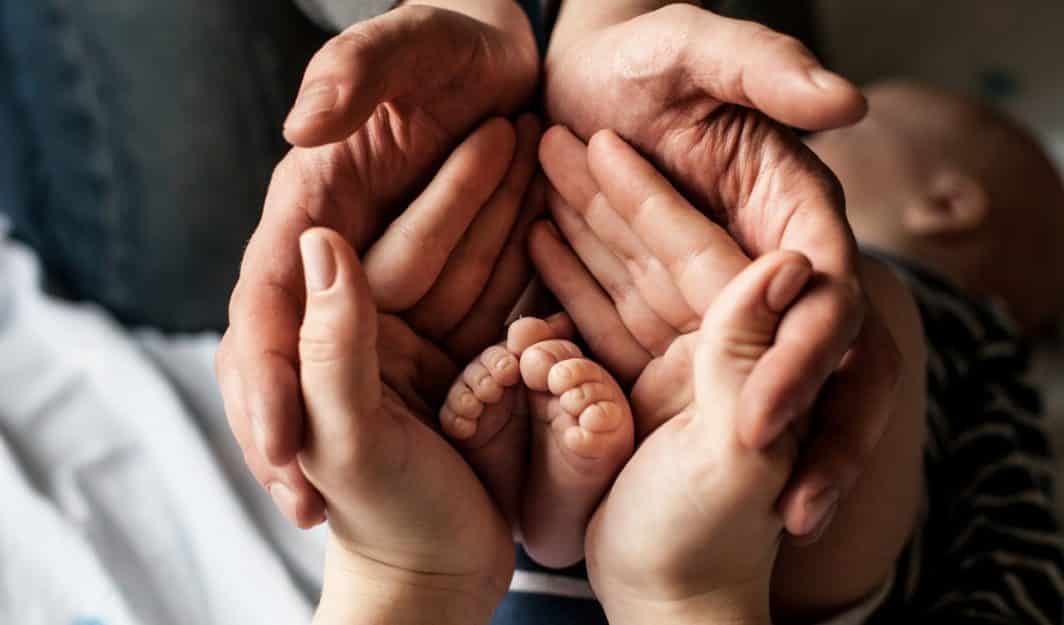An attachment theory is a psychological theory concerning relationships between humans. Generally, we have two types of attachment styles. They are;
1. Secure attachment style
2. Insecure attachment style
These attachment styles usually develop from childhood and develop as the child grows.
SECURE ATTACHMENT STYLE DEFINITION
Out of all the attachment styles, the best and most emotionally stable is the secure attachment style. Then, what is a secure attachment style? A secure attachment style is the ability to form thriving, secure, and loving relationships with other people you come in contact with. When a person has a secure attachment style, they feel confident in their relationship and their partner. Basically, those with this type of attachment style are not scared of commitments or intimacy.

SECURE ATTACHMENT STYLE IN ADULTS
As we well know, the secure attachment relationship is the best attachment style. However, a lot of children grow up to become adults and they develop an insecure attachment style. As such they struggle with feelings of low self-worth and challenges with emotional regulation. However, 56% of all adults have the secure attachment style. So, it’s possible for them to have long-term relationships. Key characteristics of securely attached adults are;
1. High self-esteem
2. Healthy relationships with others
3. Socially supportive
HOW TO DEVELOP A SECURE ATTACHMENT STYLE
Ok, you’ve been able to deduce that you have an insecure attachment style but how do you develop a secure one?
#1. PATIENCE:
At first, everything might not go your way. The process might not be going as best you planned. You need patience. Be patient with yourself if it’s not going just as you want it.
#2. COMFORT ZONES ARE ALWAYS TRICKY:
Personally, I know cozy and warm our comfort zones can be. But, I truly believe you can’t grow in your comfort zone. Well, because our comfort zones are filled with elements we know and trust we can’t really experience anything new in there. I know bitter right? But that’s the truth. If you truly want to develop a secure attachment style, you have to leave a comfort zone. However, getting out might not be too pleasing. But trust me, it gets better.
#3. FOCUS ON HEALING:
Most persons that have an insecure attachment style probably got it through some childhood experiences and circumstances. They tend to feel shame and have very low self-esteem. When such a person wants to begin healing, similar to flooding therapy, they’d have to face these issues in order to overcome them.
SECURE ATTACHMENT STYLE TRAITS
Children who begin their lives with the essential foundation of this attachment style are better in all aspects of functioning as they develop. Some of the traits they develop include;

#1. Self-Esteem:
This is one of the traits of an adult who has this attachment style. He or she doesn’t necessarily need anyone’s validation to feel good about themselves. It’s not pride though, but more of an understanding of self-worth and value.
#2. Promote Secure Attachment in their Kids:
It’s a vicious cycle. How? Adults with this attachment style would impact this also on their kids when they eventually get married and have kids. Well, because most circumstances surrounding the kids as they grow are healthy and secure. As such the kids learn and cultivate such behavior from their parents.
#3. Resilience:
One trait I really love about this attachment style is their resilience. When there is an issue that wants to take them out of balance, they are usually on top of it. Trust me, they love to take charge of the situation, make it better and bounce back. It’s a really enviable trait.
#4. Managing Impulses and Feelings:
Impulsiveness is actually a good thing in some scenarios. But other times it can be quite dangerous. Why? Well, when you are too impulsive and in touch with every single one of your feelings, it can be quite dangerous. Ok, take this scenario. A guy badly bruised by love and grew up in a home full of domestic violence. There is a 95% chance that he or she would have such tendencies. In addition, he or she cannot manage his emotions and can be really impulsive up to murder. So this trait is really important.
#5. Trust, Intimacy, and Affection:
They know how to trust their partners when they are in relationships or even friendships. In addition, they are not scared of commitments, showing affection, or even intimacy.
#6. Long-Term Friendships:
This is one of my favorite traits in this attachment style. Although, keeping friendships seems so easy. However, it is not as easy as it is. Friendships require a lot of endurance, patience, and understanding. However, this is not a problem for anyone with this attachment style.
Secure Attachment Style FAQ’s
How do you develop a secure attachment style?
Seek treatment and interactions with individuals who are capable of a secure attachment if you want to improve your style to be more secure.
What is an example of secure attachment?
Nonverbal emotional interactions, such as soothing touches, attentive eye contact, and a warm, affectionate tone of voice, can help you create a stable attachment with your kid.
How long does it take to develop secure attachment?
In children, secure attachment usually develops throughout the first eighteen months of life. During this formative period, a safe child’s caregiver would have been emotionally and physically available to them.



